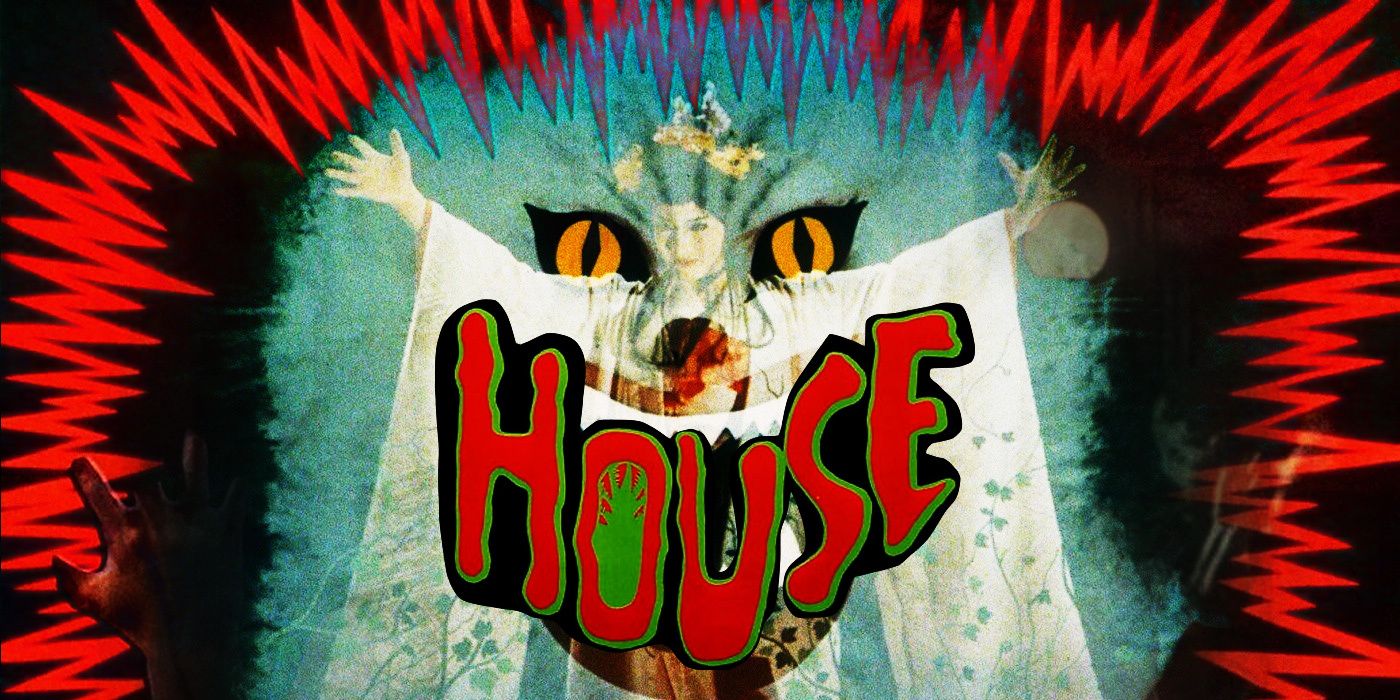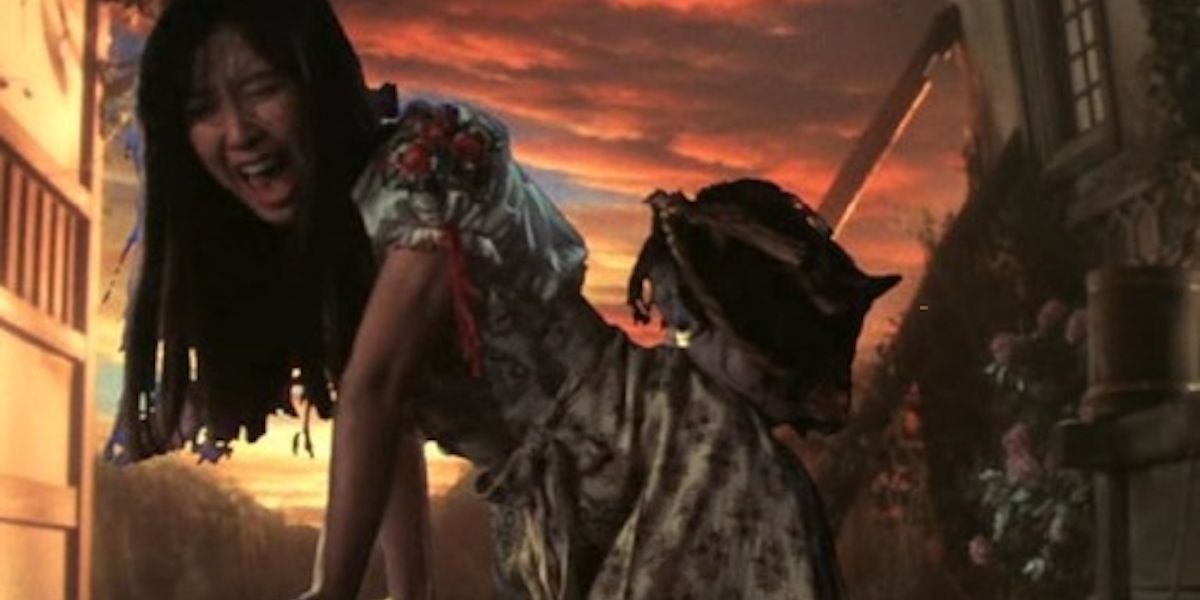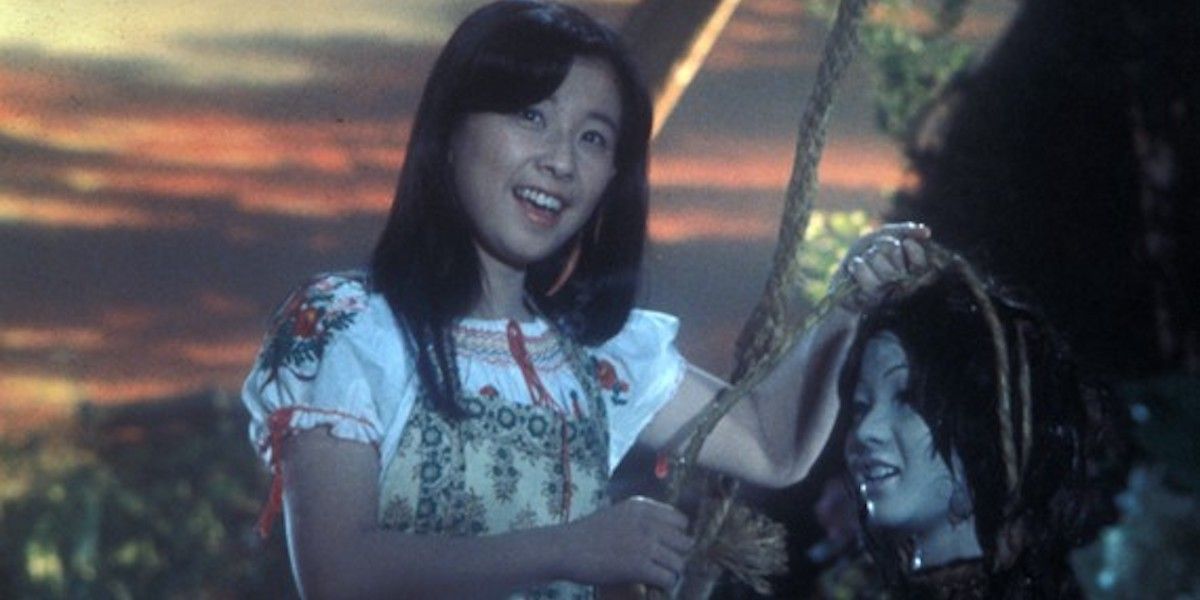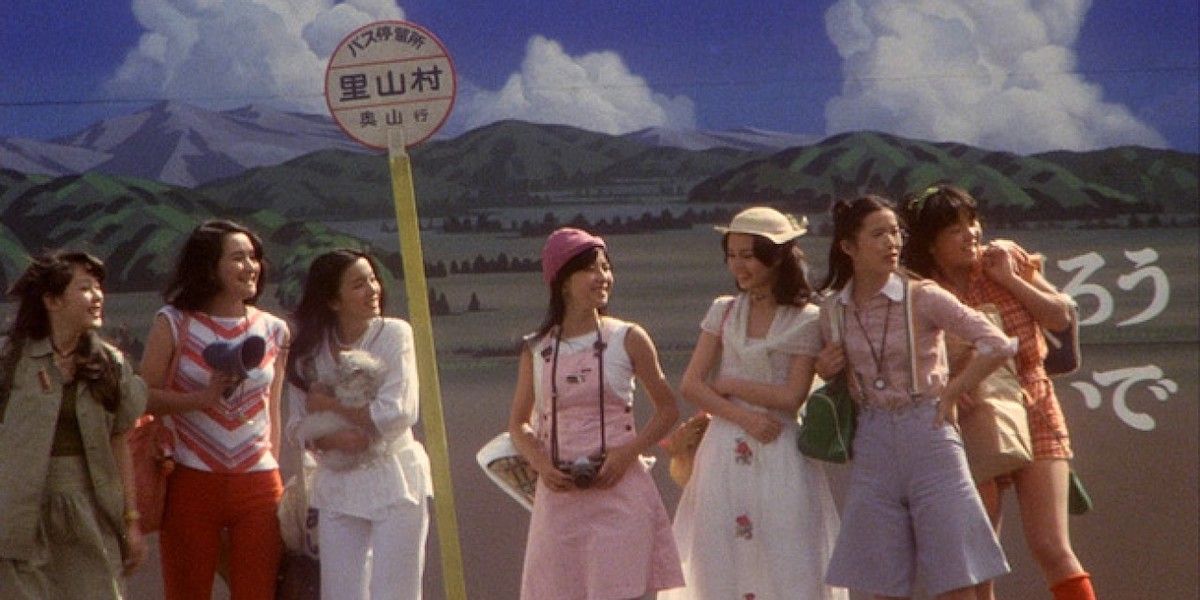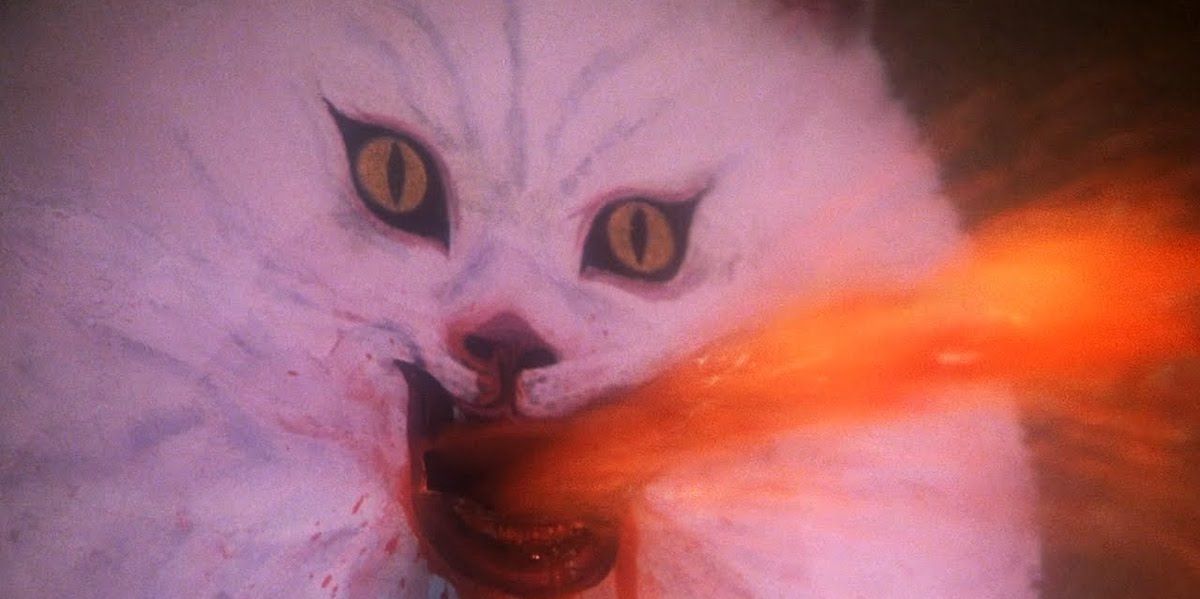“We want a movie like Jaws.” A straightforward request, and an easily understood desire after 1975. Steven Spielberg’s shark movie was the sort of runaway success any film studio would long for. And the simple premise of the film isn’t hard to conjure follow-ups to. Films like Alien, sold to Fox as “Jaws in space,” stand tall on their own merits and possess an identity beyond chasing a trend, but in the years immediately after Jaws’s release, many of the answers to its success weren’t so inspired. There were more sharks (whether through Universal’s sequels or low-budget derivatives), vengeful orcas, killer grizzly bears, alligators, barracuda, and piranhas. There’s no great creative triumph to match Spielberg’s effort in this lot, but they all undeniably resembled it, and many brought in the cash without great effort.
When it came time for Toho Studios to request a film like Jaws, they put the task to Nobuhiko Obayashi. His answer would take considerable effort to reach the screen, barely met the brief, and seemed guaranteed not to do business – until it did. Such was the charmed life of 1977’s House.
With hindsight, such a departure from studio expectations could be expected. In a career spanning over four decades, Nobuhiko Obayashi proved time, and again he was one of the most idiosyncratic voices in cinema. He wore his love for movies and movie making on his sleeve just as much as Quentin Tarantino, and that love manifested as a surreal visual style that feely experimented with deliberate artifice and old-fashioned techniques. Bold and broad choices in performances, music, and editing work with such images to create an often-whimsical tone to Obayashi’s work, even when applied to dark or challenging subject matter. The results could be uneven and unsettling – the historical drama Sada is one loaded movie for disturbing elements – but they were always unique, and Obayashi’s command of the medium was undeniable. He was so devoted to movies that he directed two films, his longtime passion project Hanagatami and Labyrinth of Cinema, while battling terminal cancer from 2017 to 2019.
Back at the beginning of his career, however, Obayashi was more likely to describe himself as a “movie artist” than a director. He was part of a rising generation of experimental filmmakers. Their shorts, played on college campuses and event halls around the country, set the tone for Japanese arthouse cinema in the 1960s. Against that sort of reputation, Obayashi was one of the few of his contemporaries to accept work directing commercials. He readily admitted their lack of “artistic merit,” but the opportunity to create beautiful images using advertising budgets resources had its own appeal. They were fun, offered a chance to experiment, and they put him on the Toho lot.
Toho, and the rest of the major studios in Japan, were all suffering in the 1970s. The rise of television and the collapse of the studio system put severe limits on the production of new films, and movies no longer occupied the same niche in culture that they had enjoyed in a pre-TV era. When Obayashi floated the idea of making a feature film to his young daughter, she told him not to bother: “Japanese movies are boring,” she said. Foreign imports like Jaws commanded more respect and attention at the box office. In such a climate, some Toho brass felt that an up-and-coming “amateur” filmmaker, asked to produce a horror film in that vein, might appeal to younger audiences.
Obayashi was first approached to develop a script, not to direct a film himself. Not being a member of Toho’s staff, he was ineligible to helm a picture for them in any case. But he accepted the writing assignment. The same daughter who advised against making a feature became his chief source of material. “I always discuss important matters with children,” Obayashi explained years later for the Criterion Collection. “Adults can only think about things they understand, so everything stays on that boring human level…but children come up with things that can’t be explained. They like the strange and mysterious. The power of cinema isn’t in the explainable, but in the strange and inexplicable.” Chigumi Obayashi, ten years old at the time, gave her father a collection of images, incidents, and phobias from her own life: the thought that her reflection might attack her as she combed her hair, the idea that a watermelon chilled in a well might be a severed head, the oddities of her grandparents’ house in the country.
Obayashi took these ideas to screenwriter Chino Katsura, with whom he had developed the script for Hanagatami. Drawing from the work of English writer Walter de la Mare, Katsura structured the film around a house that eats girls, specifically seven girls who come to visit the aunt meant to live there. To motivate the house (because just having it eat the kids would be “ridiculous”) Obayashi created a backstory for the aunt: left pining for a lover who never returned from World War II, her spirit became embittered toward those born in peace. To spice things up further, Obayashi and Katsura drew on their mutual love for horror movies for references, homages, and gags. The resulting story was, in their estimation, a “ghost-and-fantasy” film rather than true horror à la Jaws. Katsura did the work of translating all this into a script, but as he admitted, “I was ready to go along with any idea [Obayashi] had.” Neither man expected that the film would actually be produced, but they took great joy in creating it.
According to Obayashi, House ended up green-lit by Toho almost immediately after delivery. One producer remarked that, having lost money on “comprehensible” films, it was time to try something as incomprehensible as House. But none of Toho’s directors were willing to helm the project. It was so weird, they felt, that to make it would damage their careers. And Toho still wouldn’t make an exception for Obayashi to direct it himself. They did grant him permission to announce the project’s approval. Obayashi was as liberal in his interpretation of that as he was in the brief to write a movie like Jaws. For two years, as his commercial career continued to flourish, Obayashi called upon friends and admirers to help launch a multimedia campaign for House. Novelizations, manga adaptations, soundtrack albums, photo shoots, and radio dramas were all created from the script – not to capitalize on a hit movie, but to apply pressure to Toho to make the movie at all. Along the way, Obayashi assembled his cast and composers from his advertising collaborators, so when Toho finally relented and put House into production – with Obayashi directing – he could hit the ground running.
Toho’s capitulation, their initial green-light, and their gamble on an unproven filmmaker weren’t made in the greatest confidence. Within the film industry, the expectation was that House would only appeal to Obayashi’s fellow cinephiles and prove a flop. That sentiment extended even to the film’s crew. While production was smooth and harmonious, the consensus among the craftspeople was that the child-derived story was ridiculous. Compounding that impression were Obayashi’s directorial choices. While devoted to Japanese filmmakers like Akira Kurosawa, Obayashi went out of his way to shoot the film in a way that reacted against notable works in Japanese cinema. He also wanted to have the film’s myriad special effects look fake, as if made by children, and supervised them himself rather than utilize Toho’s effects director. The results could end up nothing like what was initially envisioned. And just as the visuals were uneven, any film so loose and experimental in its approach risks becoming inconsistent. The final cut drags in the middle section, and even by the wild dream logic the story operates under, the ending has never made sense to me.
But are sense and airtight pacing such high priorities in a fantasy film like this? House is, in the end result, a bright, colorful, happy-go-lucky ghost story about innocent children being devoured by a spirit embittered by humanity’s worst conflict – and it was supposed to be a movie like Jaws! To take that brief and deliver a House is a level of audacity any artist should aspire to, particularly given the circumstances. Whatever industry opinion was, House was a production by a major studio intended for a general release. To be experimental and unorthodox on a small scale, in short films played at event halls that only small groups of like-minded enthusiasts are likely to see, is comparatively easy. To do that on a larger scale, for a large audience, is a much riskier proposition. Whatever the quality of the finished product, I always admire that effort; besides the guts it takes, it seems more respectful of the audience’s potential to accept new ideas.
In House’s case, the risk paid off. Slow middle patch and all, it’s one of the most delightfully weird movies you could ever hope to watch, and in 1977, plenty of people wanted to watch it. Industry insiders were horrified when Obayashi’s opus became a huge hit in Japan, particularly with children. It’s never been rare for horror and fantasy films to be popular with audiences while dismissed or reviled by critics, but House is unique in just how much its success was resented by the people who needed it. Toho had commissioned the project as a long-shot bid to emulate a hit movie, and it worked. Yet a member of the distribution department felt entitled to complain to producer Yorihiko Yamada, “I didn’t want to have a hit with this sort of movie.”
Yamada was furious at the ingratitude, but Obayashi was unsurprised. He was proud of his work and gratified at its appeal to a broad spectrum of filmgoers. And its success in that regard is possibly the one tangible way that House became a movie like Jaws.

